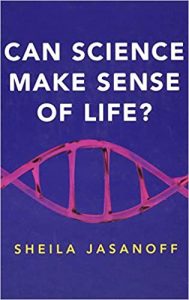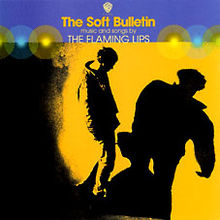Podcast: Play in new window | Download (Duration: 59:00 — 45.6MB)
 Let’s begin with Emerson’s 1870 lecture “The Natural History of the Intellect.”
Let’s begin with Emerson’s 1870 lecture “The Natural History of the Intellect.”
What is life but the angle of vision? A man is measured by the angle at which he looks at objects. What is life but what a man is thinking of all day? This is his fate and his employer. Knowing is the measure of the man. By how much we know, so much we are.
The laws and powers of the Intellect have, however, a stupendous peculiarity, of being at once observers and observed. So that it is difficult to hold them fast, as objects of examination, or hinder them from turning the professor out of his chair. The wonder of the science of Intellect is that the substance with which we deal is of that subtle and active quality that it intoxicates all who approach it.
About that angle of vision…50 years on from Emerson’s lecture we have F. Scott Fitzgerald’s mouthpiece Nick Carraway offering that “life is much more successfully looked at from a single window, after all.” It is the “looking” that is in question.
But about that scientific “intoxication”: When I think about the overweening ambition of some who practice science, distinct from those who observe and describe nature, I can’t help but think of the folktales of the golem; a creature formed of clay and animated, often, by writing a word of power on its forehead or writing the word on paper and then placing that paper in its mough. The creature is made to serve by the word. The existence of a golem is at best a mixed blessing. While in many depictions, Golems are inherently perfectly obedient, in its earliest known modern telling, sometime in the 17th century, the Golem of Chełm became enormous and, well, let’s say, uncooperative.
Today’s show focuses on biology’s metaphors of control and how these are deployed to describe processes that are laughably uncontrollable.
Our music throughout is from The Flaming Lips’ June 1999 US release, The Soft Bulletin. We’ll open with “What Is the Light?,” subtitled (“An Untested Hypothesis Suggesting That the Chemical [In Our Brains] by Which We Are Able to Experience the Sensation of Being in Love Is the Same Chemical That Caused the “Big Bang” That Was the Birth of the Accelerating Universe”).
 My GUEST is Sheila Jasanoff, Pforzheimer Professor of Science and Technology Studies at the Harvard Kennedy School. She’s the author or editor of more than 15 books, including The Fifth Branch, Science at the Bar, Designs on Nature, and The Ethics of Invention. Her work explores the role of science and technology in the law, politics, and policy of modern democracies. Her most recent book is Can Science Make Sense of Life? just out from Polity.
My GUEST is Sheila Jasanoff, Pforzheimer Professor of Science and Technology Studies at the Harvard Kennedy School. She’s the author or editor of more than 15 books, including The Fifth Branch, Science at the Bar, Designs on Nature, and The Ethics of Invention. Her work explores the role of science and technology in the law, politics, and policy of modern democracies. Her most recent book is Can Science Make Sense of Life? just out from Polity.
Though Jasanoff focuses on biology in her book, she begins with the renowned physicist Erwin Schrödinger and his classic work What is Life? The Physical Aspect of the Living Cell, a book based on a course of public lectures delivered by Schrödinger in February 1943.
RELATED
Reining in the hubris of science and scientists (book review, Washington Post)
 MUSIC
MUSIC
The Flaming Lips, The Soft Bulletin
“What Is the Light?”
“Race for the Prize”
“The Spark that Bled”
“Spoonful Weighs a Ton”
CREDITS
Producer & Host: Doug Storm
Executive Producer: Wes Martin
 WFHB Bloomington Community Radio
WFHB Bloomington Community Radio


